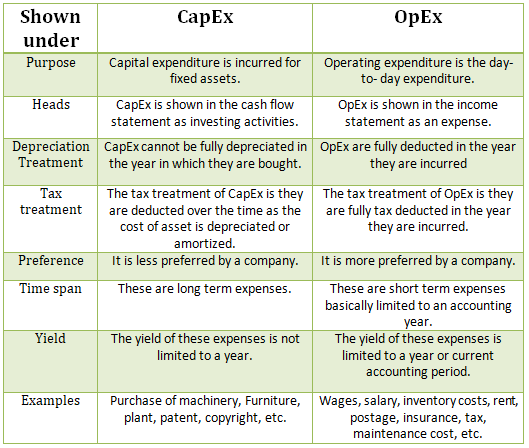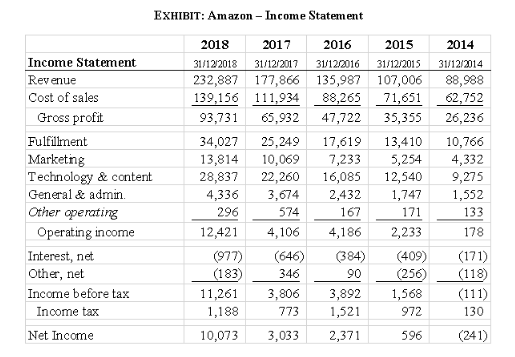The correct option is option A. Journal is the book of original entry. It is from the journal, the postings in the ledgers are made. As it is the journal first to record the transactions, it is called the book of original entry. It is from the journal, the postings in the ledgers are made. Ledgers aRead more
The correct option is option A.
Journal is the book of original entry. It is from the journal, the postings in the ledgers are made. As it is the journal first to record the transactions, it is called the book of original entry.
It is from the journal, the postings in the ledgers are made. Ledgers are called the books of principal book of entry.
Option B Duplicate is wrong as there is no such thing as the book of duplicate entry in financial accounting. Journal entries are the first-hand record of business transactions. Hence, it cannot be the book of duplicate entries.
Option C Personal is wrong. This classification of ‘personal’ is a type of account as per traditional rules of accounting, not books of accounts
Option D Nominal is wrong. It is also a type of account as per the traditional rules of accounting.
See less




Credit Note A credit note is a document which generally evidences a sales return. It is created by the seller and sent to the buyer acknowledging the receipt of goods returned by the buyer. On the basis of it, the seller promises to pay back the buyer for the goods returned to him or adjust the amouRead more
Credit Note
A credit note is a document which generally evidences a sales return. It is created by the seller and sent to the buyer acknowledging the receipt of goods returned by the buyer. On the basis of it, the seller promises to pay back the buyer for the goods returned to him or adjust the amount in future transactions.
A credit note is also created when the buyer has sent excess money by mistake against the goods delivered to him.
In Tally, a credit note is created using a credit note voucher. Now, a credit note can only be created only if a sales entry has been made.
Hence first, we will be creating a sales entry and then the credit note.
Creation of sales entry in sales voucher ( If not done before)
The step to create a sale entry in Tally prime is as follows:
Gateway of Tally –> Vouchers –> Press F8 to open sales voucher
Enter the details of sales in the sales voucher like I have entered in my sale voucher and accept.
Here, my debtor is Rama and I have sold 1000pcs of Linc pens@Rs. 10 to him
Important things to consider:
#2 Creation of credit note
If already in the voucher creation menu, just press Alt + F6 to open the credit note voucher.
Enter the party name and a menu will open, asking for a tracking number. No need to enter any details there.
Next, another menu will open asking for party details. Select the name of the respective debtor.
Next enter the details of stock items returned as I have done:
I have made a credit note for 100pcs of Linc pens returned by Rama.
After entering all the details, press Enter and accept.
You can verify the effect of this sales voucher by performing the following steps.
Gateway of Tally –> Display more reports –> Account Books –> Ledger –>Select the debtor account from the list of ledgers.
After opening the ledger, if you see that the debtor account is credited by an amount through a credit note voucher, then it can be said that you have performed the steps correctly.

See less